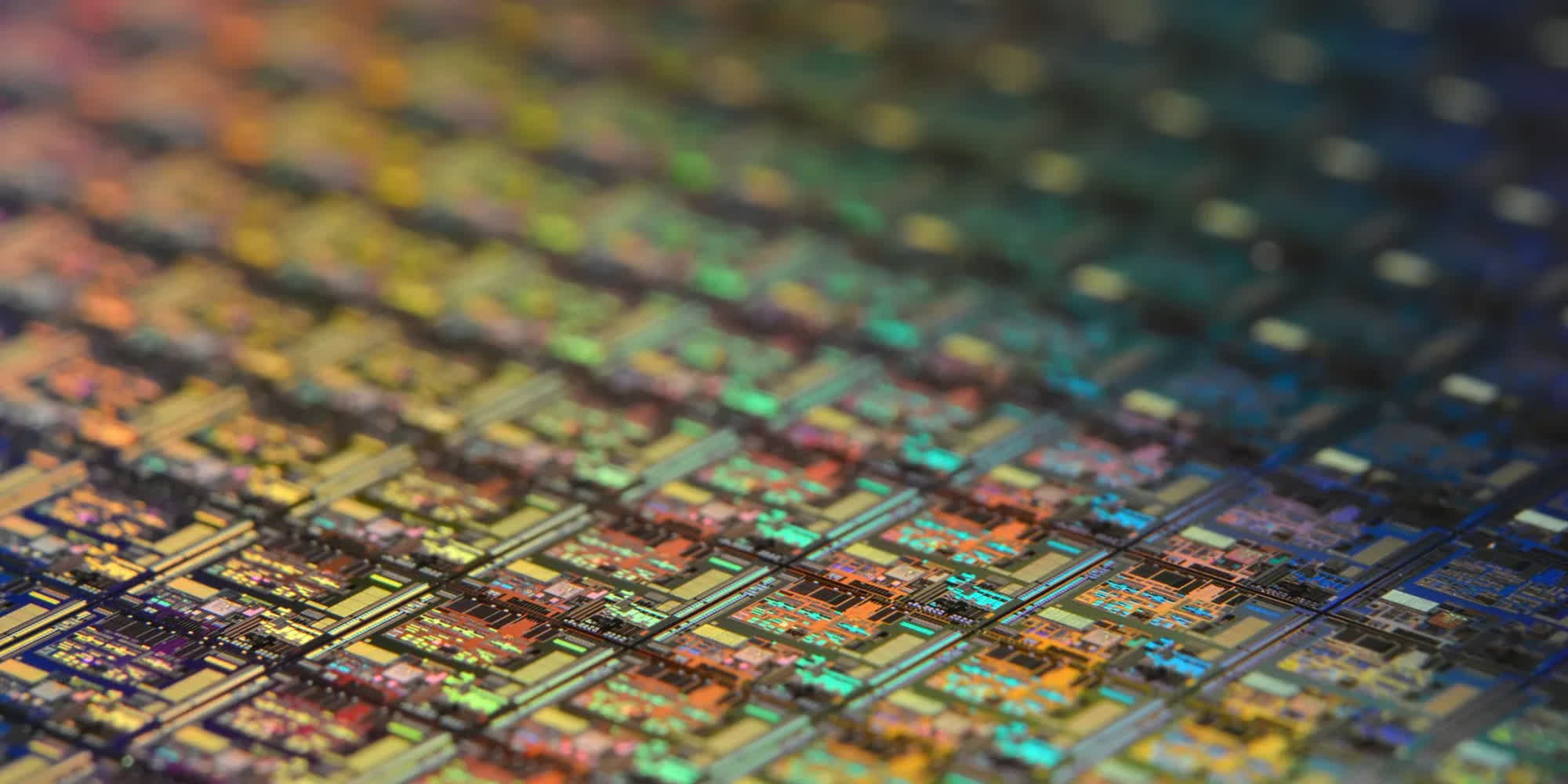Recap: The Biden Administration conceived the CHIPS and Science Act as a far-reaching plan to rebuild the US microchip industry essentially from scratch. The plan includes roughly $280 billion in public subsidies to boost domestic research and semiconductor manufacturing, with public and private sectors working together towards a common goal.
As a part of the CHIPS Act that was approved in 2022, the White House has recently announced a new $5 billion investment to fund the research and development of domestic, advanced chip technologies. The centerpiece of the new initiative will be the creation of the National Semiconductor Technology Center (NSTC), a public-private consortium designed as a support institution for the next generation of silicon tech.
Semiconductors were invented in the United States and are the backbone of the modern economy, the US Administration remarked, but less than 10 percent of today’s global supply, and “none of the most advanced chips” are made in the country. The now-formally established NSTC will be tasked with supporting the design, prototyping, and piloting of the most advanced chip technology, providing access to “critical capabilities” to innovators and building a skilled workforce for the semiconductor industry.
As highlighted by the US National Institute of Standards and Technology (NIST), developing new silicon tech is becoming increasingly difficult from an R&D standpoint. The smallest features included in today’s advanced microchips have reached the atomic scale, the organization said, and complexity is “increasing exponentially” with the adoption of three-dimensional structures, new materials, and other manufacturing improvements.

And yet, the US industry has now a once-in-a-generation opportunity to create a “transformative center” (the NSTC) that can work for decades as an innovation accelerator. The US chip industry will also need a lot of new skilled workers, a target the NSTC will pursue by investing hundreds of millions of dollars in a Workforce Center of Excellence with locations throughout the country.
The NSTC’s ambition to restart the research on cutting-edge semiconductor technologies isn’t an easy one, and critics have already highlighted how the CHIPS and Science Act still is in its warmup phase. Nvidia CEO Jensen Huang recently predicted that it will likely take two decades for the US to regain chip independence.
Meanwhile, the semiconductor industry is looking to improve on the business side of things. The Semiconductor Industry Association (SIA) said that manufacturers sold chips for $526.8 billion in 2023, with an 8.2 percent drop compared to 2022. Chip sales recovered in the last quarter of the year, growing by 11.6 percent compared to the Q4 2022 and by 8.4 percent compared to Q3 2023. SIA is now looking at a strong recovery for CPUs, GPUs, FPGAs, memory chips and other product categories in the coming months.

